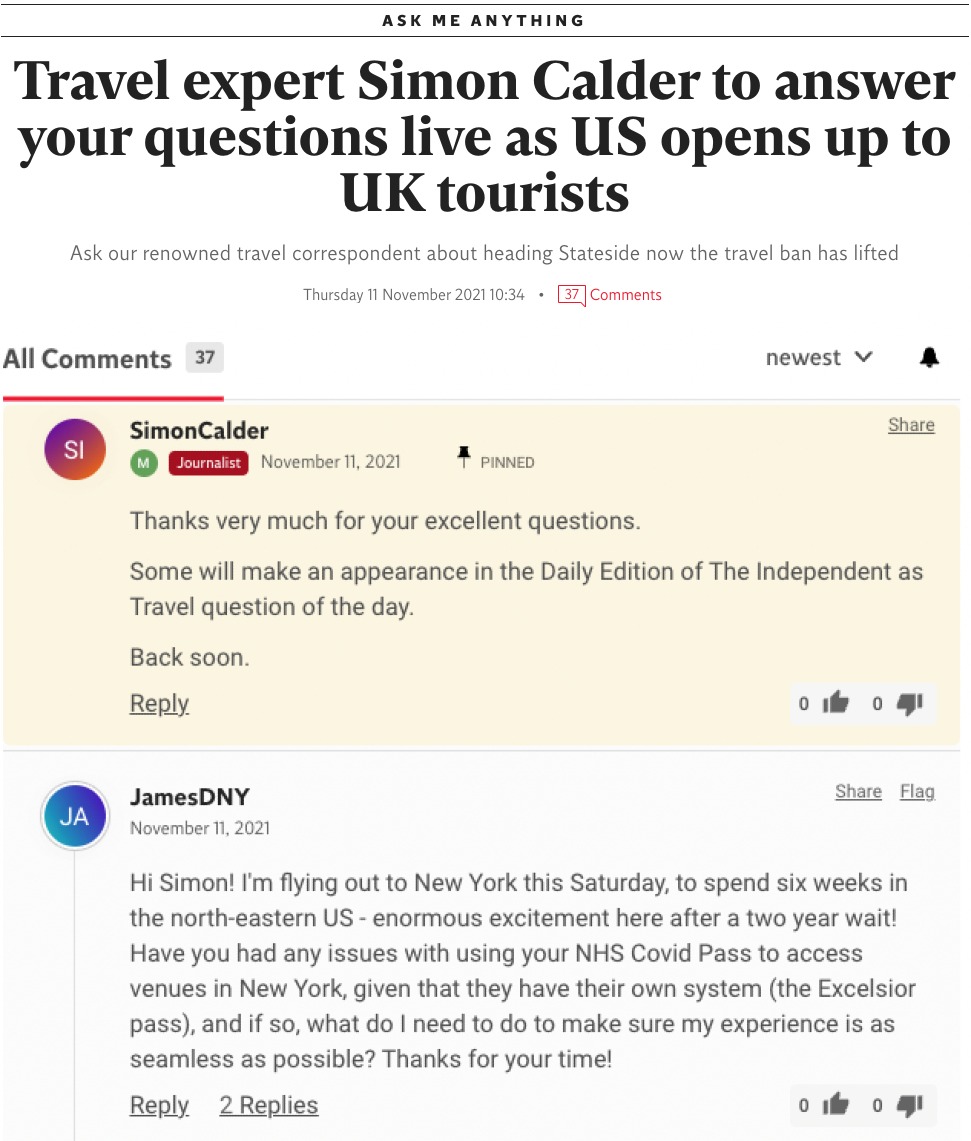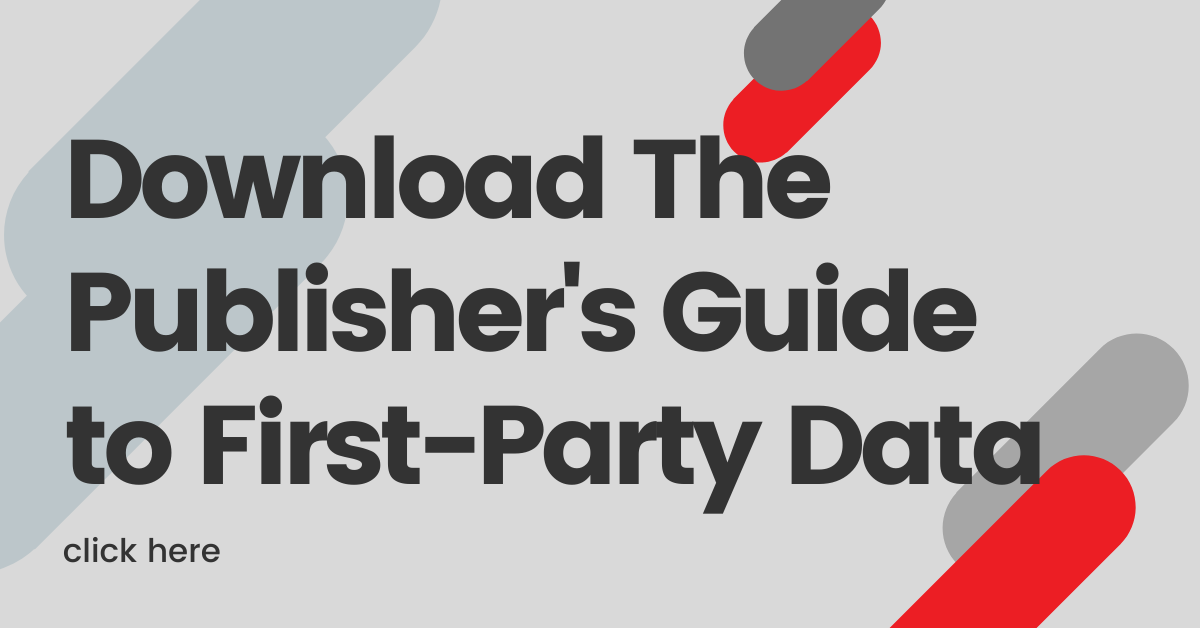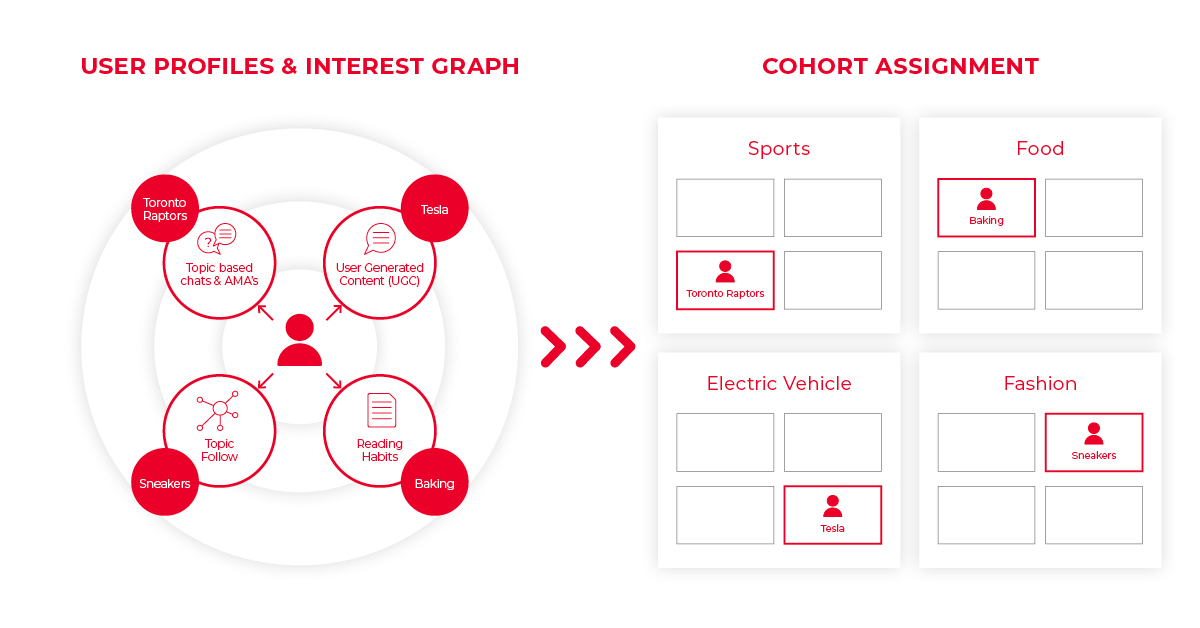The Independent has recently experienced quite a lot of success in growing its registered user base and engaging its audience with appealing digital experiences.
At WAN-IFRA’s Virtual World News Media Congress 2021, The Independent’s head of registered audience, Philippa Jenkins, and Viafoura’s president and COO, Mark Zohar, gave attendees a snapshot of the media company’s audience engagement strategy. Here are some highlights.
Why users spent 15x more time on-site after registering to The Independent
As Jenkins mentioned during the conference, audience engagement sparks greater economic value. The Independent, for example, found that its registered website users spent about 15 times more time on-site than anonymous visitors. This additional time that registered users spend exploring and interacting around the brand offers in-depth information about their preferences, opinions and habits.
As a result, The Independent has been able to identify where users are engaging the most to target them with more relevant experiences, content and offers.
But this build-up of engagement and first-party data didn’t happen on its own. To keep registered users from losing interest and encourage them to subscribe, The Independent implemented several Viafoura solutions, including a personalized news feed, browser notifications and a moderated conversations space.
The personalized feed and notifications showcase where the most active users are on the company’s site and point users to the latest interactions with their comments. Both of these tools established a sense of community for The Independent’s users and produced opportunities for re-engagement. In addition, Viafoura’s digital experience tools offered the media company a way to gather critical first-party data as users interact with one another and consume content.
“Without engagement on your site, you have a passive audience that’s just reading your content — and passive experiences no longer meet the needs of today’s audiences,” says Zohar. “Passive visitors can’t connect with your journalists, they won’t leave their opinions and you can’t get their sentiments or useful engagement data.”
Ultimately, Viafoura’s digital experience solutions allowed The Independent to identify and elevate the most relevant spaces on the site to keep users hooked on its brand.

How 'The Independent' is making the most of its engagement tools
Even with effective personalization and social tools, media organizations must put time and energy into experimenting with ways to draw more attention toward on-site engagement opportunities. After all, there are countless other publishers all battling for your audience’s attention.
In The Independent’s case, Jenkins outlines how the organization has achieved positive results hosting Ask Me Anything (AMA) sessions through Viafoura’s moderated Conversations solution.
The AMAs give registered users the chance to voice their questions to an expert or journalist around a particular topic, further connecting them to the brand. In fact, there’s a direct correlation between The Independent’s AMAs and the time users spend on-site. These sessions alone earned the publisher one million views on content related to these events.
Zohar also highlights that registered comment readers and writers generate 46 times more page views and spend 168 times more time on-site per month compared to anonymous visitors.
Jenkins explains that the commenting experience can become much richer during an AMA event because users get direct attention from the community host in return for their engagement.
“For journalists, AMAs are a great way to establish a following that will engage directly with them,” Zohar says.
In today’s highly competitive media industry, audience attention, revenue and loyalty all start with engagement. And it’s up to publishers to develop an effective strategy with the right tools and user experiences to consistently earn their audience’s attention.













